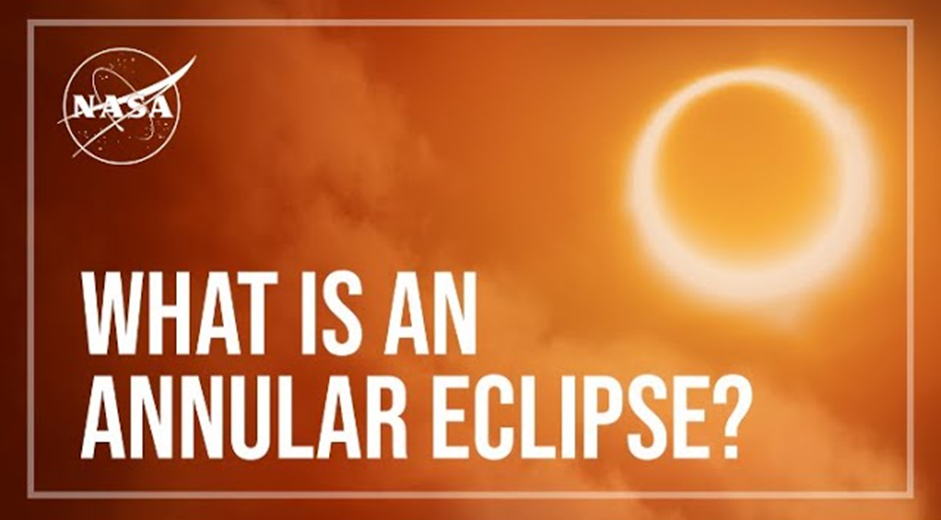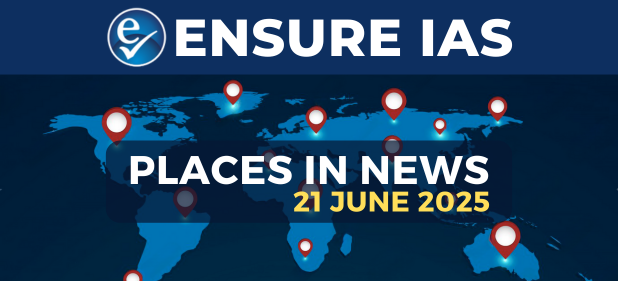- Courses
- GS Full Course 1 Year
- GS Full Course 2 Year
- GS Full Course 3 Year
- GS Full Course Till Selection
- Answer Alpha: Mains 2025 Mentorship
- MEP (Mains Enrichment Programme) Data, Facts
- Essay Target – 150+ Marks
- Online Program
- GS Recorded Course
- Polity
- Geography
- Economy
- Ancient, Medieval and Art & Culture AMAC
- Modern India, Post Independence & World History
- Environment
- Governance
- Science & Technology
- International Relations and Internal Security
- Disaster Management
- Ethics
- NCERT Current Affairs
- Indian Society and Social Issue
- NCERT- Science and Technology
- NCERT - Geography
- NCERT - Ancient History
- NCERT- World History
- NCERT Modern History
- CSAT
- 5 LAYERED ARJUNA Mentorship
- Public Administration Optional
- ABOUT US
- OUR TOPPERS
- TEST SERIES
- FREE STUDY MATERIAL
- VIDEOS
- CONTACT US
Annular Solar Eclipse on October 2
Annular Solar Eclipse on October 2
01-10-2024

On October 2, an annular solar eclipse will occur, primarily visible in parts of South America. A partial solar eclipse will also be observed across regions including Antarctica, North America, the Atlantic Ocean, and the Pacific Ocean, including Hawaii.
- Notably, these eclipses will not be visible from India.
- This event presents an excellent opportunity to explore the nature of solar eclipses and their different types.
What is a Solar Eclipse?
- A solar eclipse occurs when the Moon moves directly between the Earth and the Sun, blocking the Sun's light either partially or completely.
- This alignment casts a shadow on certain areas of the Earth, leading to varying degrees of darkness.
Types of Solar Eclipses
There are four main types of solar eclipses:
- Total Solar Eclipse:
- Happens when the Moon entirely covers the Sun.
- Observers within the path of the Moon's shadow (the umbra) experience complete darkness, allowing a view of the Sun’s corona, which is the outer atmosphere usually obscured by the Sun's brightness.
- Annular Solar Eclipse:
- Occurs when the Moon is at or near its farthest point from the Earth (apogee) and passes in front of the Sun.
- In this case, the Moon covers the Sun's center, leaving a visible ring of sunlight around the edges, often referred to as the "ring of fire."
- Partial Solar Eclipse:
- Takes place when only a part of the Sun is obscured by the Moon.
- This results in a crescent-shaped Sun for those located outside the path of the Moon’s umbra. Partial eclipses are the most common type.
- Hybrid Solar Eclipse:
- The rarest form, where the eclipse can appear as both total and annular depending on the observer's location.
- As the Moon’s shadow moves across the Earth, some regions experience totality while others see an annular eclipse.
Frequency of Solar Eclipses
- Solar eclipses can only happen during a new moon, when the Moon and Sun are aligned on the same side of the Earth.
- This alignment occurs approximately every 29.5 days due to the Moon's orbit around the Earth.
- However, solar eclipses do not happen every month; they typically occur two to five times a year.
Why Aren't There Monthly Eclipses?
- The Moon’s orbit is tilted by about five degrees relative to the Earth’s orbit around the Sun.
- This tilt means that most of the time when the Moon is between the Sun and Earth, its shadow misses the Earth, either being too high or too low.
To visualize this:
- Imagine the Earth’s orbit as a flat disk and the Moon’s orbit as another tilted disk. The two intersect at two points called nodes.
- A solar eclipse is possible only when the new moon aligns with one of these nodes. This alignment is why solar eclipses are less frequent.
Conclusion
The upcoming annular solar eclipse on October 2 offers a significant celestial event for observers in certain regions. Understanding the types of solar eclipses and their occurrence patterns enhances our appreciation of these remarkable astronomical phenomena. While this eclipse won't be visible in India, it serves as a reminder of the intricate dynamics between the Earth, Moon, and Sun.




